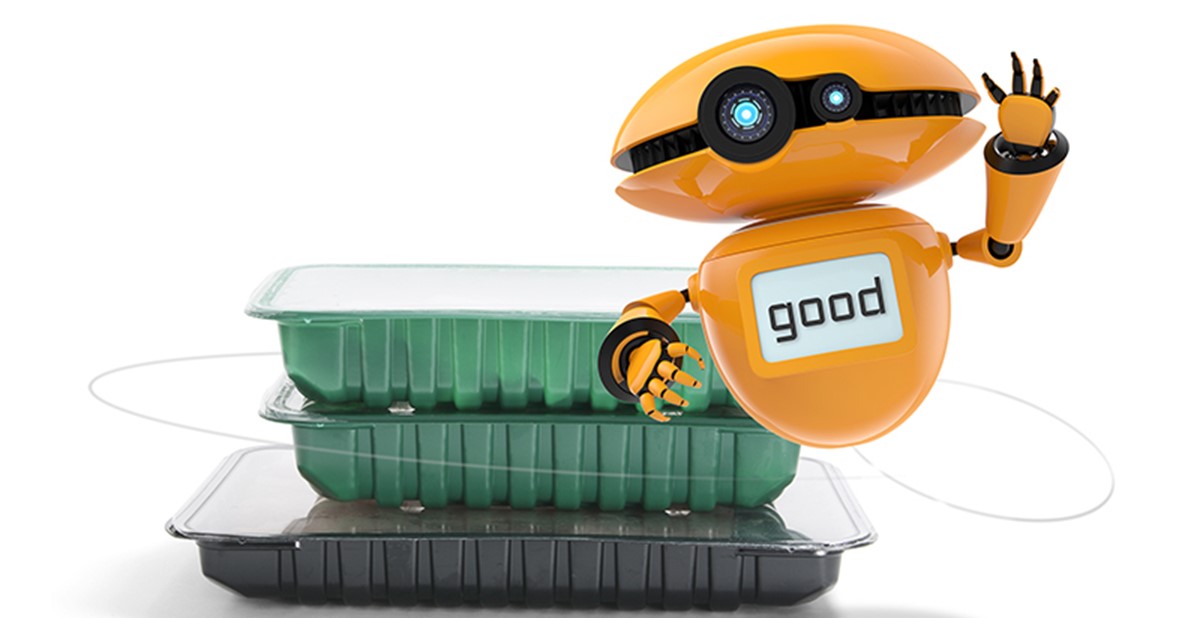Tech Talk: New Innovations Are Under Way For Food Freshness Detection

Technological developments are ongoing for new devices and systems that can identify the freshness of produce, from specialized packaging to artificial intelligence to integrated supply chains. Recently, a team of scientists at Nanyang Technological University in Singapore invented an artificial system that mimics the human nose by using scent to determine meat freshness.
The electronic nose or “e-nose” allows for monitoring freshness in real time via a biodegradable and non-toxic barcode that changes color in response to the gases expelled by decaying meat. The barcode is connected to an AI-powered smartphone app with a barcode-reader that can provide updates in 30 seconds. Each of the 20 bars in the barcode is made of chitosan, a natural sugar, which is implanted onto a cellulose derivative and given a dye that changes color according to the meat’s freshness, writes SciTech Daily. The color places the meat into one of three categories—fresh, less fresh and spoiled—for easy reading. When the device was tested on commercially-packaged fish, chicken and beef, the e-nose predicted freshness with an overall 98.5-percent accuracy—100-percent accuracy for detecting spoiled meats, and 96- to 99-percent for detecting fresh and less fresh meats.
The patent-pending e-nose is described in a paper published by scientific journal Advanced Materials as being able to help reduce food waste by identifying meats that are still safe for consumption more accurately than a sell-by date. This could reduce the amount of meat that customers discard accidentally before its spoil date and could provide grocery stores with a better way to detect consumption safeness. An innovation like the e-nose could also provide businesses handling, packaging and selling fresh produce with an additional method of ensuring consumer safety and trust through more stringent monitoring of its products.
According to the results of The Transparency Initiative, a 2018 study conducted by Label Insight and Food Marketing Institute of 2,022 American grocery shoppers, age 18 and older, consumers formulate stronger loyalty to the brands they buy from through information transparency. Three-fourths (75 percent) of respondents said they are more likely to switch to a brand that provides more in-depth product information than what’s shown on the label—a significant uptick from consumers who said this in 2016 (39 percent) when the survey was last conducted—and more than half (54 percent) are willing to pay more for a product with additional product information. Further, nearly half (47 percent) of consumers said they would be very likely to use a smartphone in-store to find additional information about a product beyond the label. With this innovation requiring shoppers to access a smartphone app for real-time monitoring, it also provides food store brands to take advantage of the use of barcodes on packaging that provide more interactive experiences and further transparency about the products being sold.
–––––––––––––––––––––––––––––––––––––––––––––––––––––––––––
Danielle Renda is associate editor of PPB.

